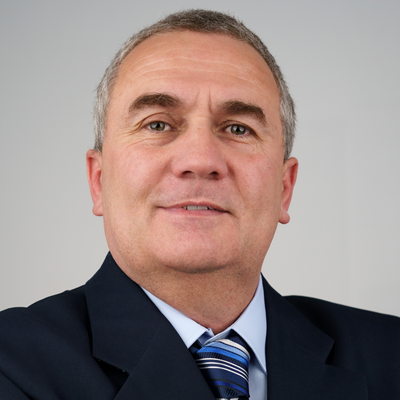This Masterclass has finished.

Democratizing precision with Quectel’s RTK Correction Services: APAC
25.06.2024
16:00 - 18:00 Asia/Tokyo
GNSS is a widespread valuable positioning technology but suffers from some inherent limitations which impact on its effectiveness in certain scenarios. The main sources of errors in GNSS can be attributed to satellite clock errors and orbit errors along with tropospheric and ionospheric disturbances. Direct line of sight visibility to the satellites is important, and large objects such as trees and overhead highways can obscure parts of the sky and attenuate or block satellite signals, while multipath errors can arise due to the signals bouncing off tall buildings or metal structures. Integrity of antenna design and RF layout of the PCB may also introduce local disturbance to the extremely sensitive GNSS receiver, leading to poor accuracy and slow time to first fix. All these can add up to prevent the GNSS receiver from achieving optimal performance.
Real-time kinematic (RTK) positioning is a form of advanced positioning support for GNSS devices that can eliminate some of these common errors. To achieve cm-level positioning, solution designers can rely on correction data provided by nearby static base stations that will experience the same common errors arising due to clock and orbit errors as well as tropospheric and Ionospheric disturbance. There is however a spatial decorrelation on the tropospheric and ionospheric disturbance that limits the effective range of a single base station. The base stations can therefore be networked to improve coverage and allow mobility, enabling devices like Quectel’s LC29H and LG69T modules to improve accuracy from meters to centimetres across wide areas.
This is where Quectel’s RTK Correction Services come in. We have partnered with multiple best-in-class modern base station owners to ensure our customers benefit from cm-level accuracy in industries as diverse as precision farming and mining, to micromobility and telematics, and can now offer RTK correction service across five continents. While RTK is an excellent supplement to standalone GNSS and helps to mitigate the common shortcomings above, it comes with its own limitations - RTK does not for instance resolve multipath issues or poor visibility, which is where dead reckoning (DR) is needed. We incorporate internal six axis IMUs and our Quectel DR fusion engine into select models in the LC29H and LG69T series, ensuring positioning resiliency in the most difficult environments. Join this Masterclass webinar to learn more about how we can help to fulfil the positioning needs of your industry.
Please note: if you add this Masterclass to your calendar, you will still need to register for this event
Speakers

Mark Winton
Mark Winton is a GNSS Product Manager. Prior to joining Quectel, Mark had a successful entrepreneurial track record specializing in RF product development and incorporating GNSS technologies in multiple specialized industry verticals like mining and marine. During his career, he has launched, grown and spun off multiple GNSS & RF related businesses. His current focus at Quectel is on growing Quectel’s RTK products and services.
Job title:
GNSS Product Manager
Company:
Quectel
Agenda
Sources of errors in GNSS and mitigation strategies
SBAS, multiband and multi-constellation GNSS
Introduction to and limitations of RTK
The need for dead reckoning
Quectel’s advanced RTK testing tools
Quectel’s RTK capable modules and global RTK Correction Services